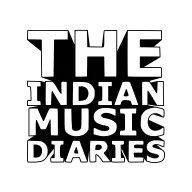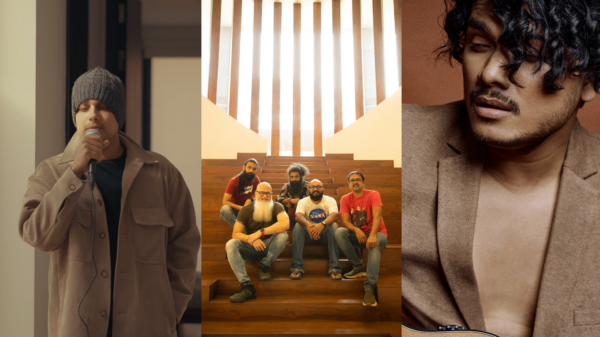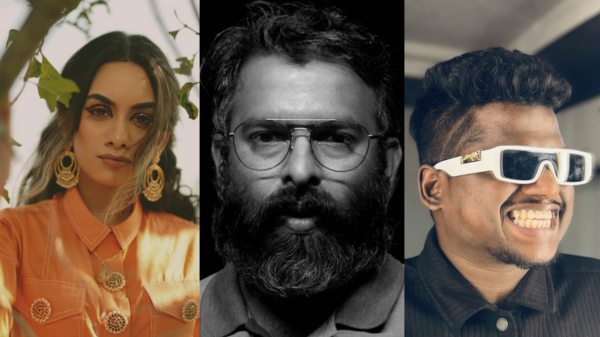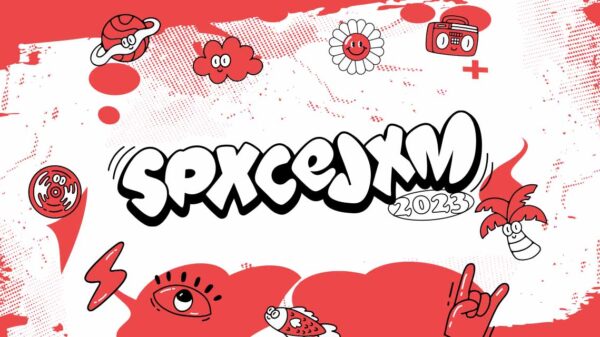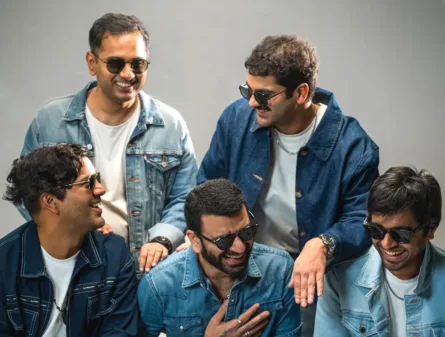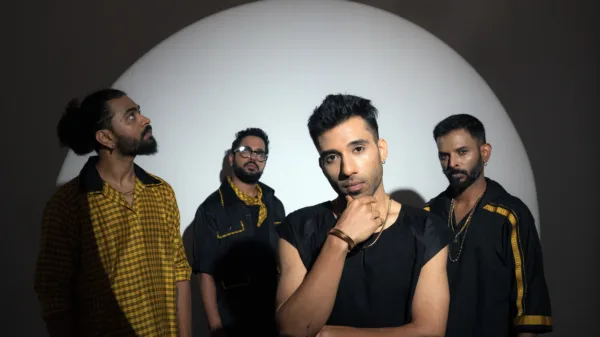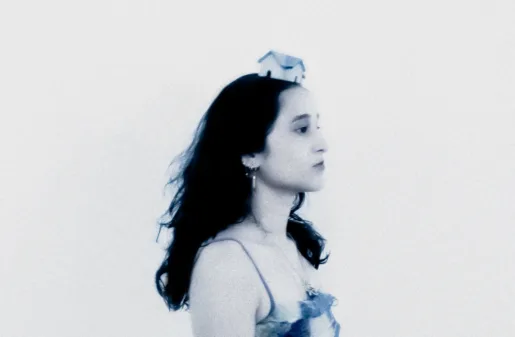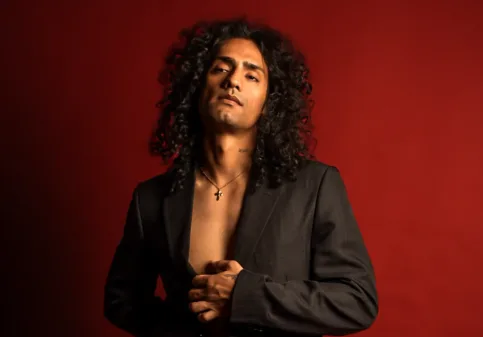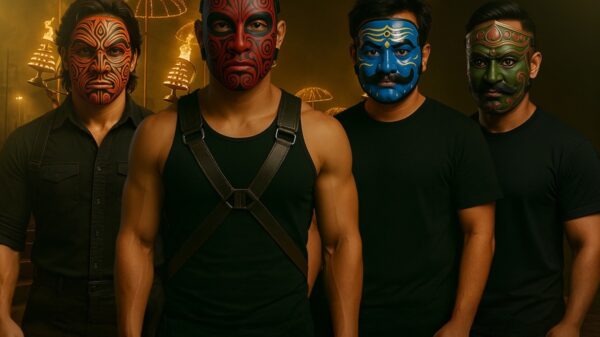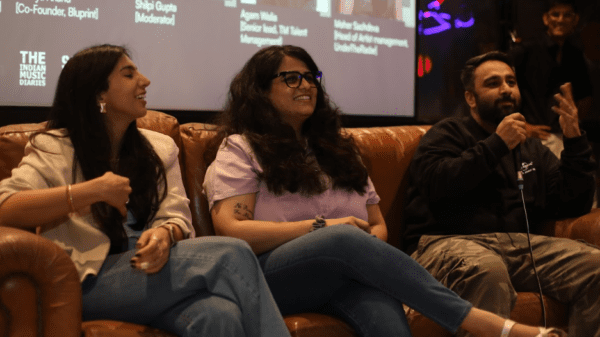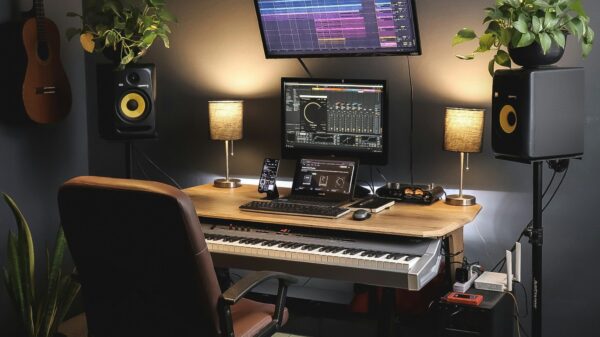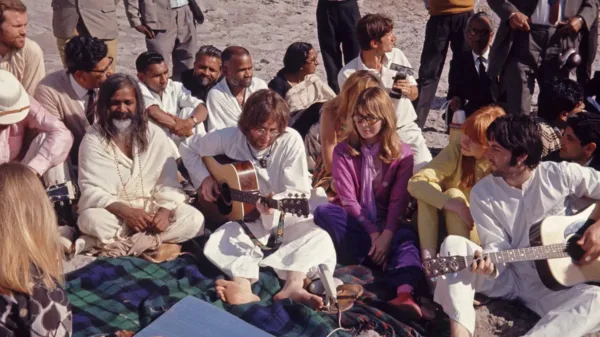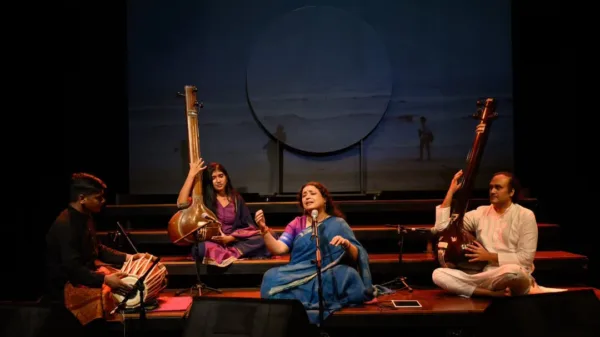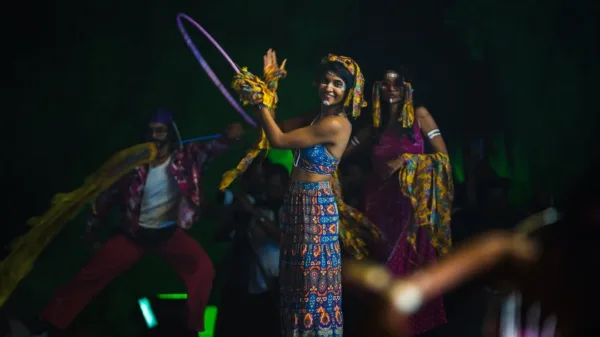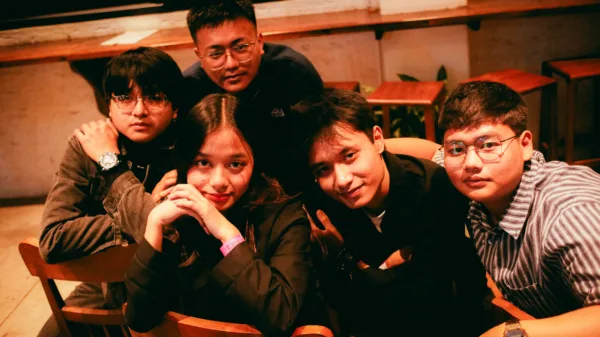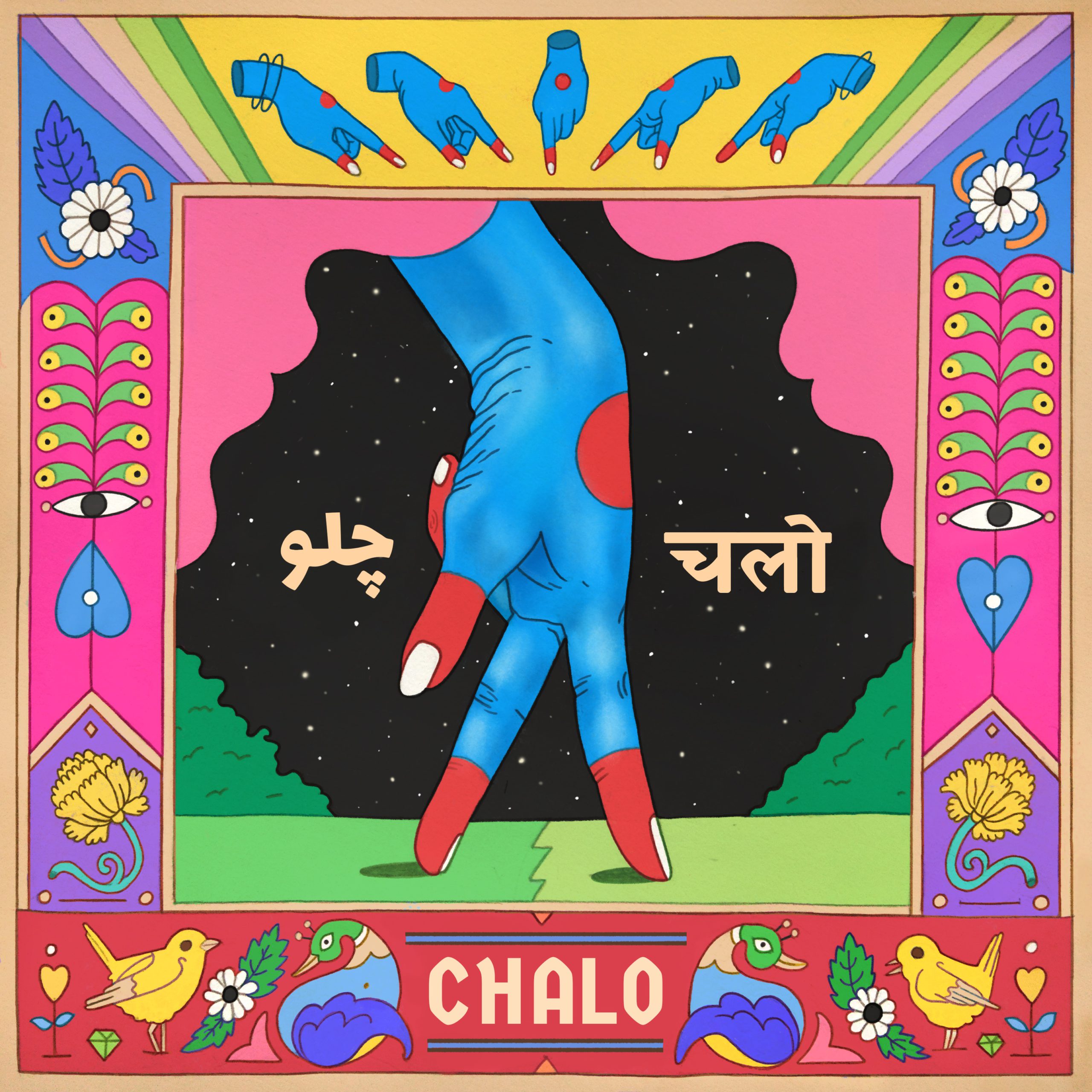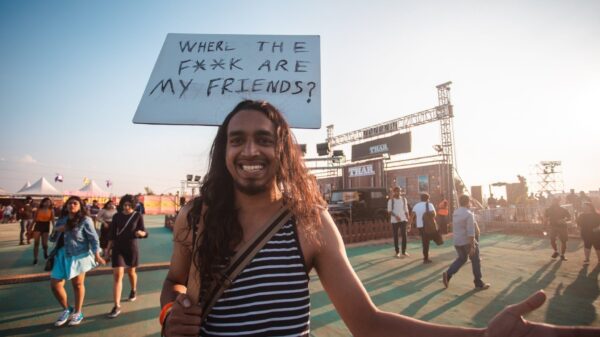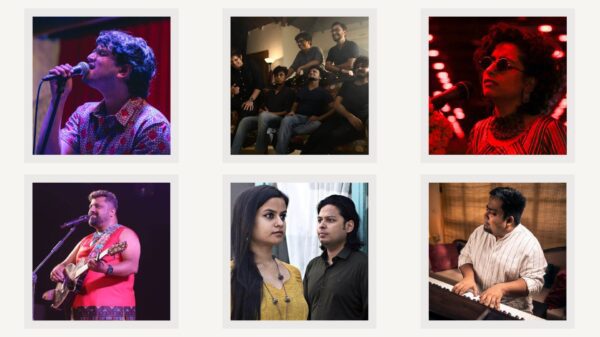Humans have become wired to process information by coupling it thematically. Years of bundling up events, subjects and people, by the clique they belong to and proceeding to judge them by the norms that define that clique, has made us incredibly unprepared for a culture that values individuality. But what meaningless capitalistic practices can break, art can fix. In the case of chalo, a nascent interdisciplinary creative community and collaborative platform featuring the work of ethnically South Asian artists, it is the idea that all ‘brown’ music sounds like Bollywood or Bhangra.
With a long term aim to strengthen cross-cultural bonds by showcasing the vast breadth of talent within the community, the first release, a compilation, features artists with heritage in Pakistan, India and Kashmir. Net proceeds from the compilation are going towards the Human Rights Law Network (HRLN) and Zindagi Trust. It is worth mentioning here that the artists have worked on the compilation for free, which is an accurate representation of just how badly South Asian artists want to break out of the mould and how generous they are towards the mission of diverse representation.
Dhruva Balram, a culture writer, who launched a compilation aaj.kal during summer, to raise funds for Covid relief, worked with US based artist Jitwam, who has his roots in Assam. When asked about the thinking behind naming it ‘chalo’ and how it tackles the disparity of how South Asian artists are representated, here’s what Dhruva said “We named it chalo because we were trying to think of something urgent, something that encapsulated our intention. In terms of the disparity, South Asians are pigeonholed into Bhangra and Bollywood, Punjabi MC and M.I.A. When it comes to the way we are represented outside of South Asia, it’s one simple narrative brush. Have there been any South Asian musicians on the covers of magazines that we sought out in our youth? Indians alone make up over a billion people in the world — is the music industry saying that not one of those people (in India or South Asia, in the diaspora or at home) deserve to be spotlighted?”
[bandcamp width=350 height=786 album=1117375052 size=large bgcol=ffffff linkcol=0687f5]
The compilation is a healthy mix of genres from the South Asian diaspora, some of which even the South Asians inhabiting this land must not be aware of. For instance, artists Nabihah Iqbal, who is a scholar and a musician, has contributed a dreamy-floaty leftfield track with a very unique sound to the compilation. This should push the opponents of electronic music, who see it as entertainment for people who don’t understand the complexity of instruments or recording, to take a cold, hard look at their opinions (we all know that won’t happen).
It was particularly refreshing to learn of the fresh new music coming out Pakistan. Three tracks that stand out are by synth-pop artists Janoobi Khargosh and Talal Qureshi. Both are peppy numbers that show a fair amount of skill with noodling the synths to make it sound like what you want them to sound like. The synth-pop tracks are also a reflection on the pervasive effects of media’s depiction of a country on our brains and how radically different and diverse the reality can be, when it has. Apart from these, there are also familiar faces like Kavya Trehan, Peter Cat Recording Co. and NATE08 on the track-listing.
It is commendable effort by The Jazz Diaries (Jitwam’s label) and Dhruva to put together this compilation of short notice and for such a noble cause. The idea that music is not for music’s sake, or art is not for art’s sake, is one that still has to permeate into many crevices, particularly in those of independent music circles. One does hope that the future of chalo HQ is bright with many videos, podcasts and compilations which will continue to pave the way for diverse representation of the diaspora, perhaps with talent that is new and yet to be discovered, for their next compilation.
